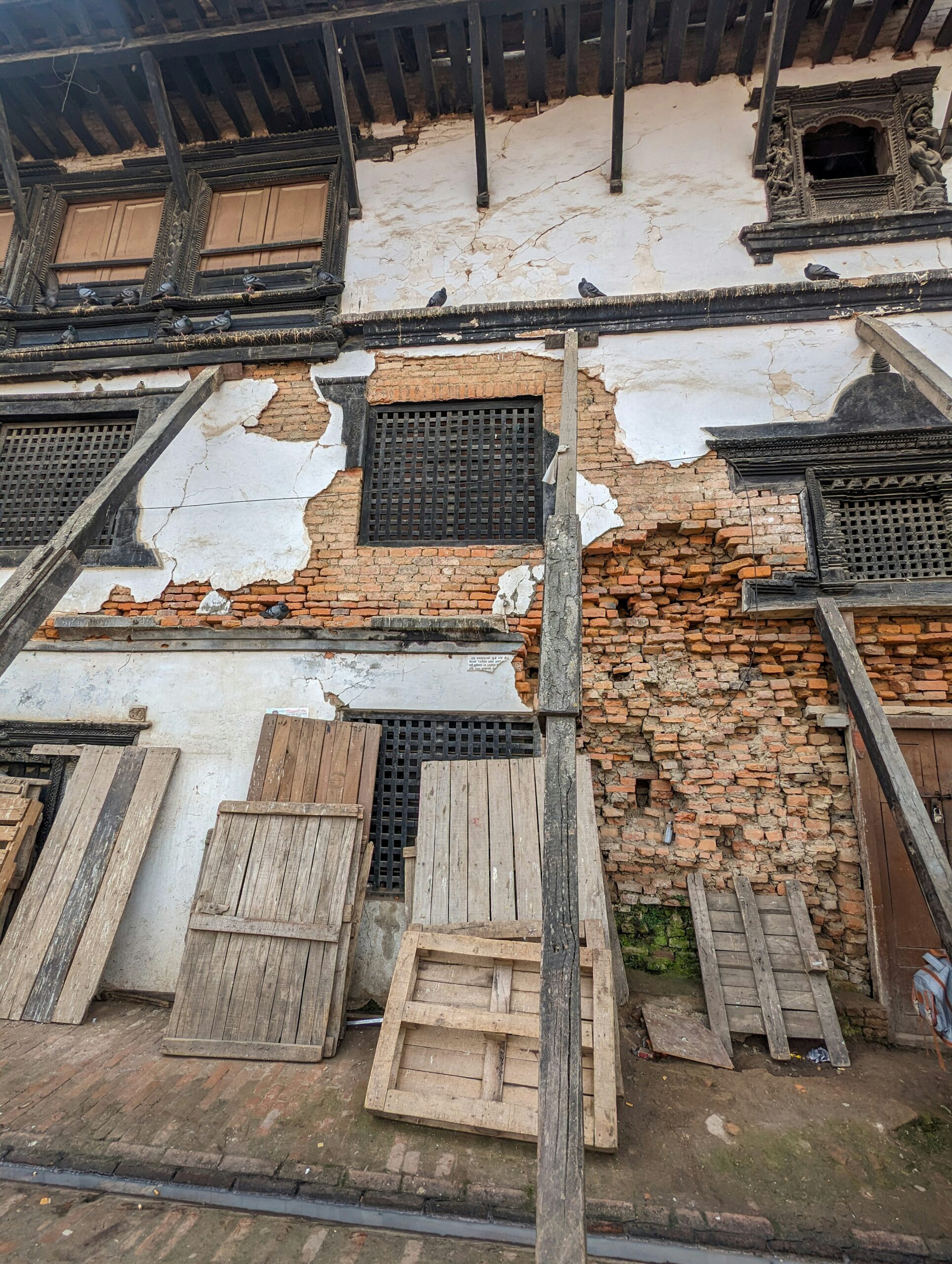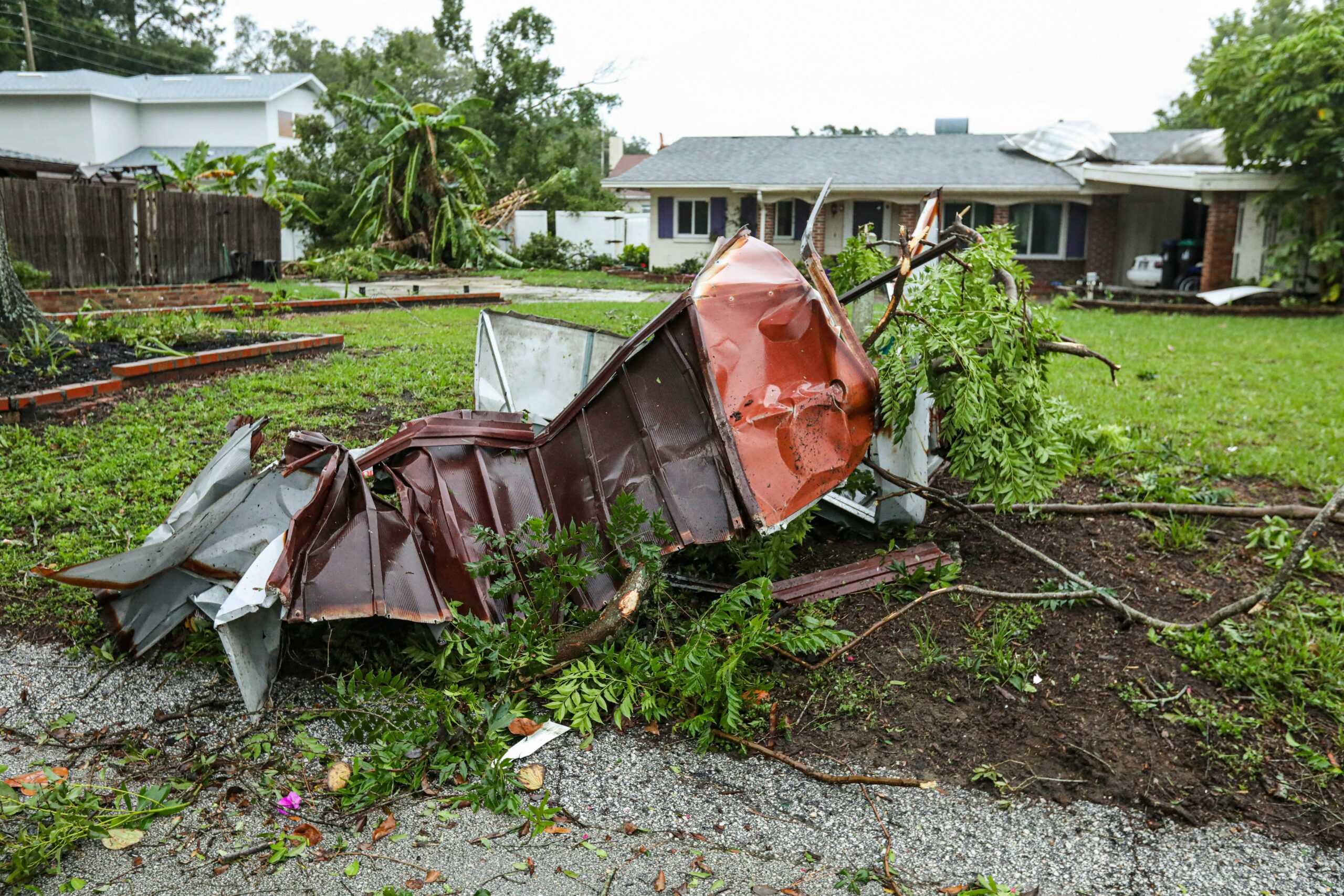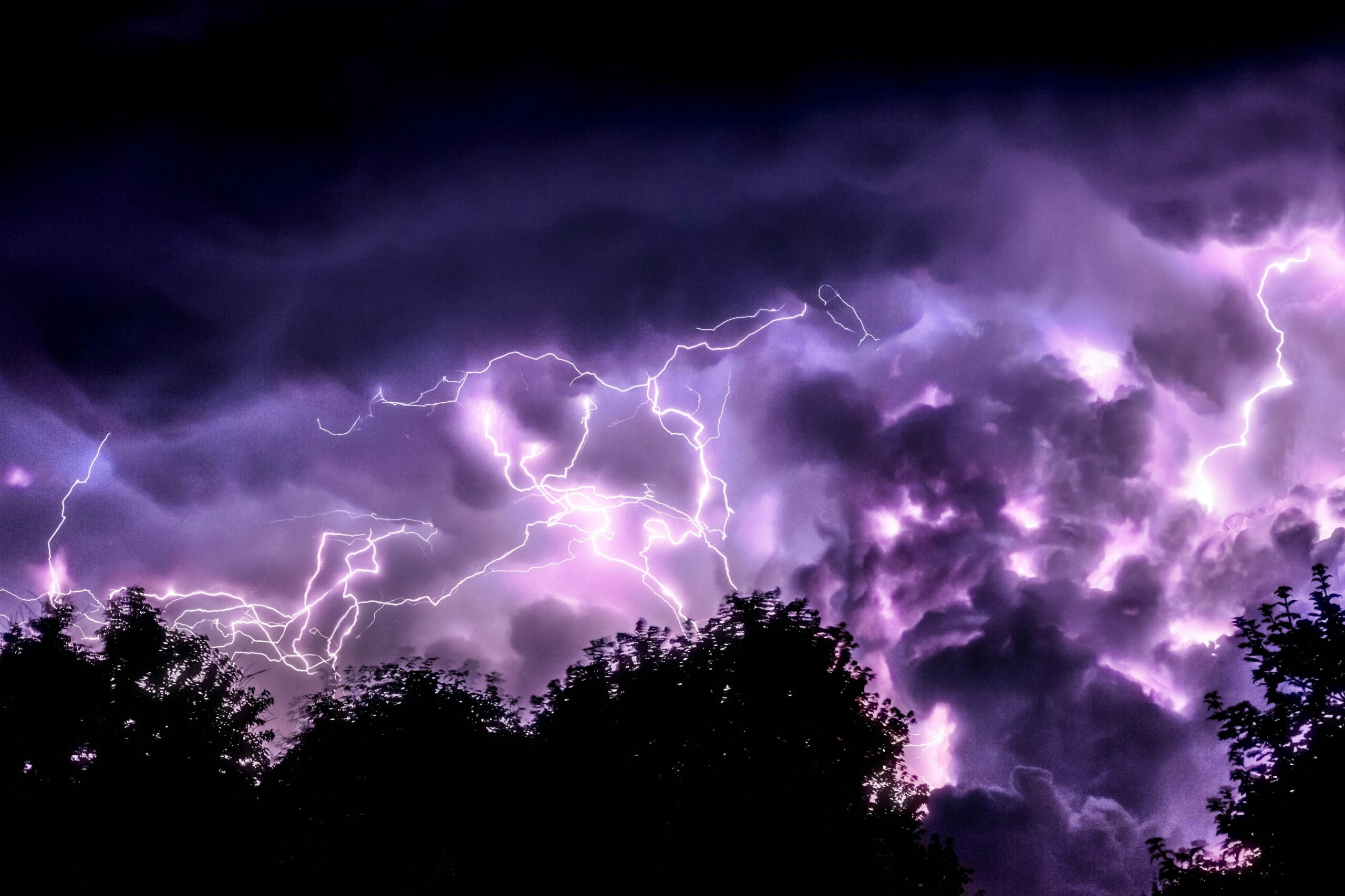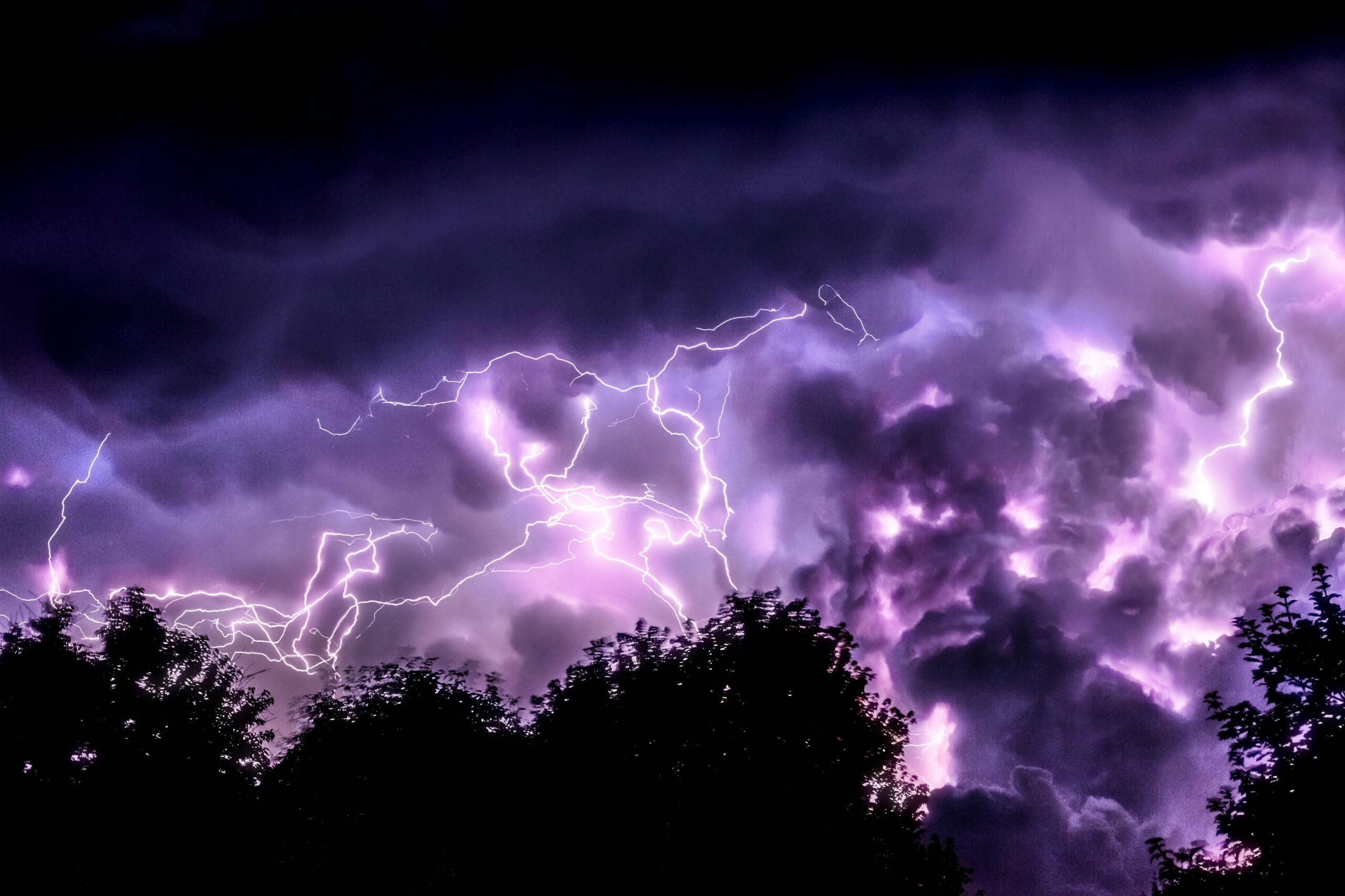Introduction to the Rome, N.Y. Tornado
On a seemingly unremarkable day, Rome, N.Y. was unexpectedly thrust into the throes of a powerful tornado that left an indelible mark on the community. The tornado, which struck on the afternoon of July 15, 2023, was an event of considerable severity, characterized by its sudden onset and the extensive damage it inflicted. With wind speeds reaching up to 150 miles per hour, this natural disaster quickly escalated from a weather anomaly to a full-blown crisis, capturing the attention of both local and national media.
The tornado’s path of destruction spanned approximately 12 miles, carving a swath through both residential and commercial areas. Buildings were reduced to rubble, vehicles were tossed like toys, and the landscape was irrevocably altered within a matter of minutes. Despite the rapid deployment of emergency services, the sheer force of the tornado overwhelmed initial response efforts, highlighting the unpredictability and ferocity of these natural phenomena.
As residents and officials grappled with the immediate aftermath, the event also sparked a broader conversation about emergency preparedness and response strategies in small communities. The Rome, N.Y. tornado serves as a stark reminder of the power of nature and the importance of readiness in the face of such unpredictable events. This introduction sets the stage for a comprehensive analysis of the tornado’s impact, the response efforts, and the lessons learned from this unforgettable event.
Meteorological Conditions Leading up to the Tornado
The formation of the tornado in Rome, N.Y., was a result of a complex interplay of meteorological factors. Leading up to the event, the area experienced a series of atmospheric conditions conducive to severe weather. One of the primary contributors was a significant temperature gradient between the surface and the upper atmosphere. This temperature difference created an unstable environment, fostering the upward movement of warm, moist air from the surface.
Humidity levels were notably high during this period, supplying ample moisture to the atmosphere. High humidity is a critical element in tornado formation, as it enhances the buoyancy of rising air parcels, promoting the development of strong updrafts. These updrafts are essential for the formation of thunderstorms, which are the precursors to tornadoes.
Wind patterns also played a crucial role. The region experienced a phenomenon known as wind shear, which involves a change in wind speed and direction with altitude. This shear created horizontal rotation in the lower atmosphere. When the strong updrafts associated with thunderstorms tilted this horizontal rotation into the vertical, it set the stage for the development of a tornado.
In the days leading up to the tornado, meteorological agencies had been closely monitoring these evolving conditions. Weather models and radar data indicated the potential for severe thunderstorms. Consequently, weather warnings and alerts were issued to the public, highlighting the increased risk of tornadoes. These warnings aimed to prepare residents and provide them with ample time to take necessary precautions.
Despite the advance warnings, the intensity and rapid development of the tornado caught many by surprise. The combination of temperature gradients, high humidity, and wind shear created a perfect storm for this natural disaster. Understanding these meteorological conditions is essential for improving future predictive capabilities and enhancing public safety measures.
The Path and Impact of the Tornado
The tornado that struck Rome, N.Y. was an unprecedented natural disaster that left an indelible mark on the community. Beginning its path of destruction in the southern outskirts of Rome, the tornado carved a clear and devastating trajectory through the town. Meteorologists reported that the tornado lasted approximately 45 minutes, during which it wreaked havoc over a stretch of 12 miles. The tornado’s intensity peaked at an EF3 rating on the Enhanced Fujita Scale, indicative of its severe nature.
As the tornado pushed northward, it first hit residential areas, tearing roofs off houses and uprooting trees. Streets that once bustled with daily life were rendered almost unrecognizable. Eyewitness accounts provide a harrowing glimpse into the chaos. John Miller, a longtime resident, recounted, “I saw the sky turn dark and felt a pressure in my ears. Before I knew it, the windows shattered, and the entire house started to shake.” Such personal anecdotes highlight the tornado’s terrifying presence and its immediate impact on the lives of those in its path.
The tornado continued its path of destruction, moving towards the commercial district. Businesses were not spared; many storefronts were obliterated, leaving owners and employees in a state of shock and disarray. The local supermarket, a community staple, was among the hardest hit. Maria Gonzalez, an employee, described the scene: “The roof just lifted off, and everything was swirling around. It was like a nightmare.” The economic repercussions of this destruction were felt deeply, with many businesses facing long-term closures.
In addition to the structural damage, the tornado also disrupted essential services. Power outages were widespread, and emergency services were stretched thin as they responded to numerous calls for help. The local hospital reported an influx of injuries, ranging from minor cuts and bruises to more severe trauma. Despite the overwhelming challenges, the community’s resilience shone through as neighbors helped each other in the immediate aftermath, showcasing the indomitable human spirit amid adversity.
Response and Rescue Efforts
The immediate response to the tornado in Rome, N.Y. was swift and multifaceted, mobilizing a broad spectrum of emergency services, local authorities, and community members. As the tornado dissipated, emergency responders were already en route, driven by the urgency to rescue those trapped and provide essential aid. The Rome Fire Department, along with neighboring volunteer fire departments, played a critical role in navigating the debris-laden streets to reach affected areas rapidly.
Local law enforcement agencies, including the Rome Police Department, established a coordinated command center to streamline rescue operations and ensure efficient communication among the various teams. The strategic deployment of resources was essential in overcoming initial challenges such as blocked roads, downed power lines, and unstable structures. The immediate priority was to locate and extract individuals trapped in collapsed buildings, necessitating the use of specialized search and rescue equipment.
One of the significant challenges faced during the rescue efforts was the sheer scale of devastation, which overwhelmed local resources. The need for additional manpower and equipment was quickly recognized, prompting calls for assistance from state and federal agencies. The New York State Police and the Federal Emergency Management Agency (FEMA) provided critical support, bringing in advanced technology and additional personnel to bolster local efforts.
Community members also played a vital role in the aftermath of the tornado. Spontaneous volunteer groups formed to assist with search and rescue operations, distribute supplies, and offer comfort to those affected. Local businesses and organizations donated food, water, and other essentials, creating makeshift shelters to accommodate displaced residents. The collaboration among different agencies and the community exemplified resilience and solidarity, despite the dire circumstances.
The coordination among emergency services, local authorities, and community volunteers was instrumental in mitigating further harm and ensuring a more organized recovery process. This concerted effort underscored the importance of disaster preparedness and the value of a unified response in the face of natural calamities.
Aftermath and Recovery
The tornado that struck Rome, N.Y. left a trail of destruction in its wake, impacting the community on multiple levels. In the immediate aftermath, emergency services were deployed to manage the crisis, providing essential support to those affected. The local government, along with federal assistance, initiated efforts to assess the damage and prioritize rebuilding the infrastructure. Roads, power lines, and residential buildings were among the first to be addressed, ensuring that basic utilities and transportation routes were quickly restored.
As the dust settled, community organizations and volunteers played a pivotal role in the recovery process. Temporary shelters and relief centers were established to provide food, clothing, and medical care to displaced residents. Financial aid and donations from neighboring regions and national organizations helped to alleviate some of the immediate burdens faced by the victims. Moreover, mental health services were made readily available to help individuals cope with the trauma, offering counseling and support groups to address the emotional and psychological scars left by the disaster.
Long-term recovery efforts focused on rebuilding the city’s infrastructure with enhanced resilience to future natural disasters. This included upgrading building codes, improving emergency response systems, and investing in community education about disaster preparedness. The experience also fostered a stronger sense of unity among the residents, as they collectively worked towards restoring normalcy. Community events and initiatives were organized to bring people together, reinforcing the social fabric that had been strained by the calamity.
Despite the extensive damage, the spirit of Rome, N.Y. remained unbroken. The recovery journey highlighted the importance of collaboration between government agencies, non-profits, and the community. It demonstrated how, even in the face of devastating events, a collective effort could pave the way for a resilient and revitalized future.
Lessons Learned and Preparedness for Future Events
The tornado that struck Rome, N.Y., served as a grim reminder of the unpredictability and severity of natural disasters. This event has underscored the critical need for robust emergency response protocols and has catalyzed a series of improvements in disaster preparedness. One of the primary lessons learned is the importance of a well-coordinated emergency response system. In the aftermath, local authorities have implemented advanced training programs for first responders, ensuring that they are better equipped to handle such crises efficiently and effectively.
Community awareness has also seen a significant boost. Public information campaigns have been launched to educate residents about tornado preparedness, including the importance of having a disaster plan and emergency kit ready. These initiatives aim to empower individuals with the knowledge and tools they need to protect themselves and their families in the event of a future tornado. Schools and community centers now regularly conduct drills to ensure everyone knows what to do when a tornado warning is issued.
Infrastructure enhancements have been another critical area of focus. Buildings and public structures are being constructed or retrofitted to better withstand extreme weather conditions. This includes reinforcing roofs and walls, installing storm shutters, and creating safe rooms in schools and other public buildings. Moreover, the local government has invested in advanced weather monitoring systems that provide more accurate and timely warnings, allowing for quicker evacuation and response times.
The devastating tornado in Rome, N.Y., has acted as a catalyst for meaningful change, driving improvements across various sectors to ensure the community is better prepared for future events. While the memory of the disaster remains, the lessons learned have paved the way for a safer and more resilient community. By integrating these changes, Rome, N.Y., is now better equipped to face the challenges posed by natural disasters, ensuring the safety and well-being of its residents.
Personal Stories and Community Resilience
The devastating tornado that struck Rome, N.Y., left an indelible mark on the community. Amidst the chaos and destruction, countless personal stories of courage, solidarity, and resilience emerged. These narratives offer a poignant glimpse into the human spirit’s tenacity during times of crisis.
One such story is that of the Martinez family, who huddled together in their basement as the tornado roared through their neighborhood. Their home sustained significant damage, but they were grateful to escape unharmed. Maria Martinez recalls, “We could feel the house shaking and hear the windows shattering. It was terrifying, but we stayed strong for each other.”
Another compelling account comes from John Donovan, a volunteer firefighter who risked his life to help his neighbors. Despite the danger, John ventured out into the storm to assist an elderly couple trapped in their home. His bravery and quick thinking ensured their safety. “It wasn’t a question of if I should help, but how quickly I could get there,” John explains. “In moments like these, the community comes first.”
The community of Rome also demonstrated remarkable solidarity in the aftermath of the tornado. Local businesses, like the Corner Deli, offered free meals to those affected. Churches and schools opened their doors as temporary shelters, providing a safe haven for displaced families. Volunteers from all walks of life came together to clear debris, distribute supplies, and offer emotional support.
Moreover, the resilience of the residents was evident in their collective efforts to rebuild. Fundraisers and donation drives were organized, raising substantial amounts to aid in the recovery process. The spirit of cooperation and mutual aid was palpable, turning a time of despair into a beacon of hope.
These personal stories and acts of community resilience highlight the strength and compassion that define the people of Rome, N.Y. In the face of adversity, their unwavering support for one another has fostered a renewed sense of unity and hope for the future.
Conclusion and Reflection
The tornado in Rome, N.Y. was an event that left an indelible mark on the community, both physically and emotionally. This severe weather phenomenon not only caused extensive damage to infrastructure and homes but also disrupted the lives of many residents. Throughout this blog post, we have explored the various facets of this natural disaster, from its meteorological characteristics to its immediate and long-term impacts on the local populace.
One of the key points highlighted is the significant destruction wrought by the tornado, which necessitated a swift and comprehensive response from emergency services. The resilience and solidarity displayed by the community were remarkable, as neighbors came together to support each other during the recovery process. The tornado served as a harsh reminder of nature’s unpredictability and the importance of preparedness in mitigating future risks.
Moreover, the economic impact of the tornado cannot be understated. Businesses faced substantial losses, and many had to rebuild from the ground up. However, the community’s resolve to restore normalcy was evident in the collaborative efforts to repair and rebuild the affected areas. This spirit of unity and determination underscored the community’s ability to overcome adversity and emerge stronger from the ordeal.
Looking ahead, the experience of the tornado in Rome, N.Y. offers valuable lessons in disaster management and community resilience. It is a testament to human strength and the power of collective action in the face of calamity. While the scars of the tornado may linger, the community’s response illustrates a hopeful perspective on their ability to rebuild and move forward. The solidarity and resilience demonstrated during this challenging time continue to inspire and serve as a guiding light for future generations.



